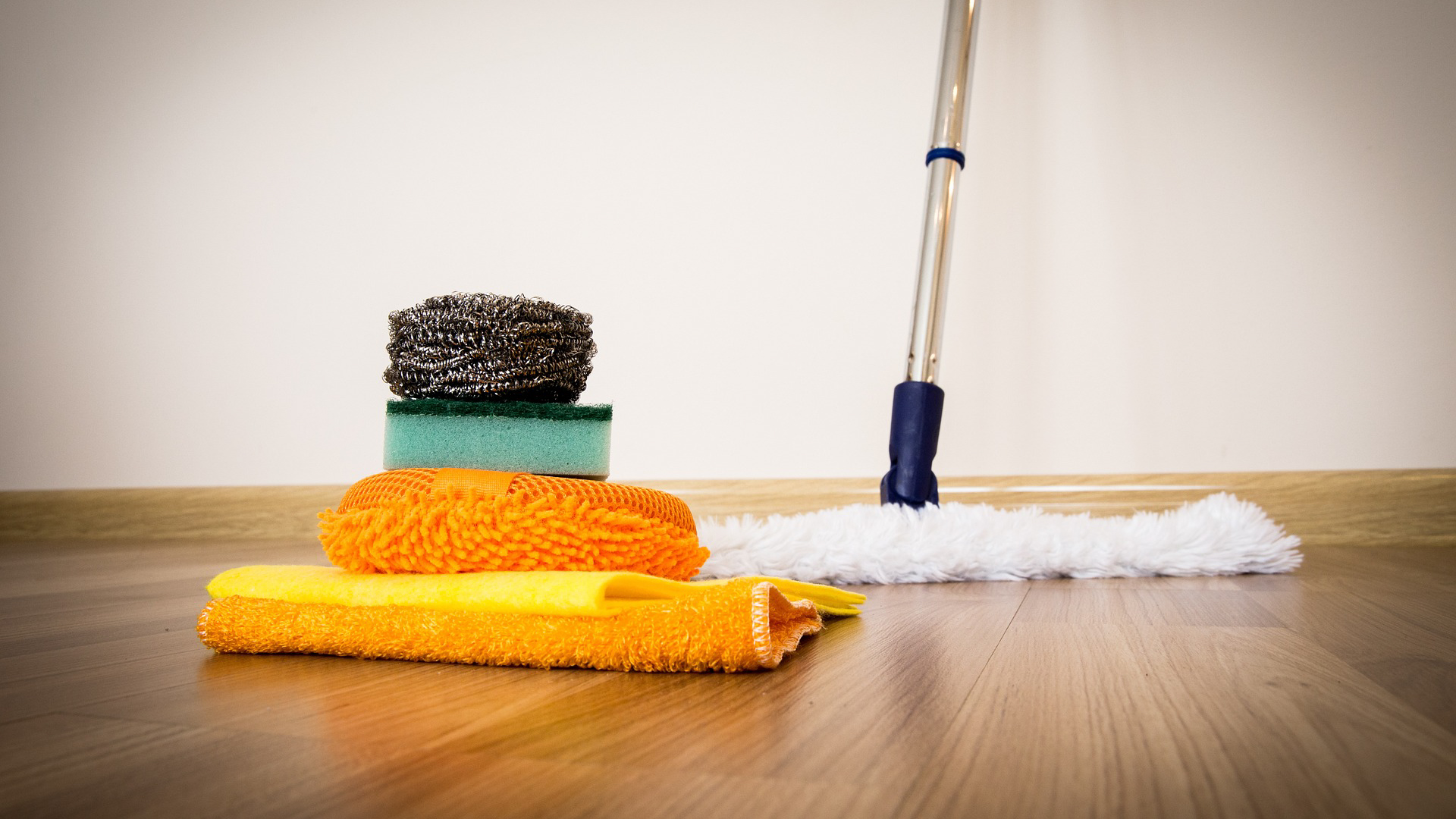

Assessing Cleaning Needs
1. Identify Areas to Clean
- Determine which areas of your business require cleaning, such as offices, restrooms, break rooms, and common areas.
- Consider high-traffic areas that may need more frequent cleaning.
2. Types of Surfaces
- Take note of the different surfaces in your facility, including floors, countertops, glass, and electronics.
- Choose cleaning products that are suitable for each surface type to avoid damage.
Essential Cleaning Supplies
1. General Cleaning
- All-Purpose Cleaners: Versatile cleaners for various surfaces.
- Disinfectants: Kill germs and bacteria to prevent the spread of illnesses.
- Microfiber Cloths: Effective for dusting and wiping surfaces without leaving lint or streaks.
- Sponges and Scrub Brushes: For tackling tough stains and grime.
2. Floor Care
- Floor Cleaners: Choose the appropriate cleaner for the type of flooring (e.g., carpet, tile, hardwood).
- Mops and Brooms: Essential tools for keeping floors clean and free of debris.
- Floor Buffers and Scrubbers: For deep cleaning and maintaining the appearance of floors.
3. Restroom Hygiene
- Toilet Bowl Cleaners: Remove stains and disinfect toilet bowls.
- Hand Soap and Hand Sanitizer: Promote hand hygiene among employees and visitors.
- Paper Towels and Toilet Paper: Essential restroom supplies for hand drying and personal hygiene.
Considerations for Purchasing
1. Safety and Compliance
- Choose cleaning products that meet safety and regulatory standards, such as EPA registration for disinfectants.
- Provide proper training on safe handling and use of cleaning chemicals to minimize risks.
2. Cost Efficiency
- Evaluate the cost of cleaning supplies per use or per square foot cleaned.
- Consider bulk purchasing or subscription services for potential cost savings.
3. Environmental Impact
- Opt for eco-friendly cleaning products with biodegradable or non-toxic ingredients.
- Look for certifications such as Green Seal or EcoLogo to ensure environmental responsibility.
Supplier Selection
1. Reliable Suppliers
- Choose reputable suppliers with a track record of quality products and reliable service.
- Consider factors such as delivery times, customer support, and return policies.
2. Customized Solutions
- Work with suppliers who can tailor cleaning supply packages to your specific business needs.
- Seek recommendations and advice from suppliers on the best products for your facility.
Conclusion
Selecting the right cleaning supplies is essential for maintaining a clean and hygienic environment in your business. By assessing cleaning needs, choosing appropriate supplies, considering safety and compliance, and selecting reliable suppliers, businesses can ensure effective cleaning practices that contribute to a healthy and welcoming workplace.
